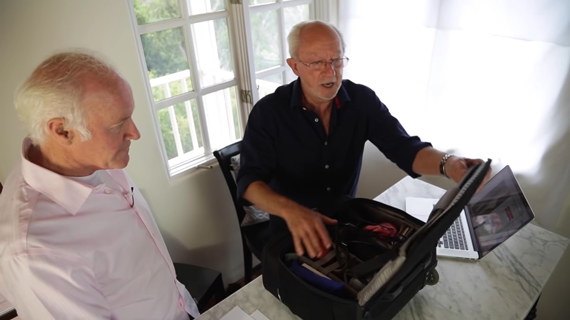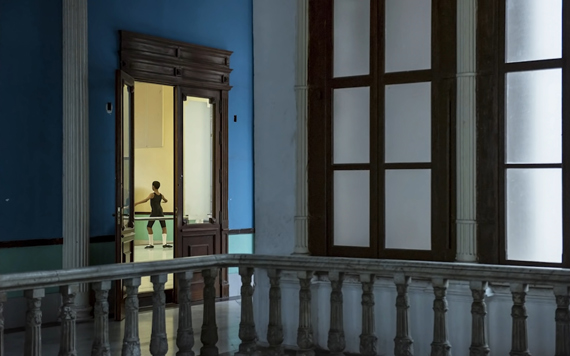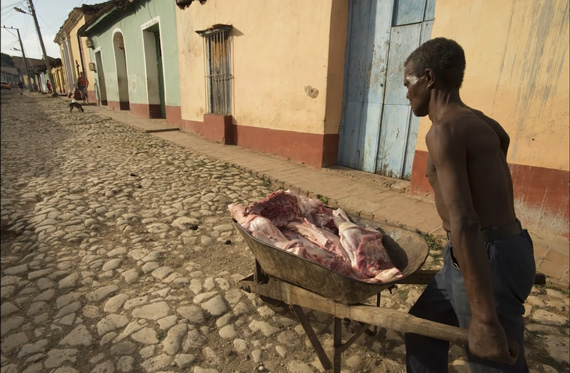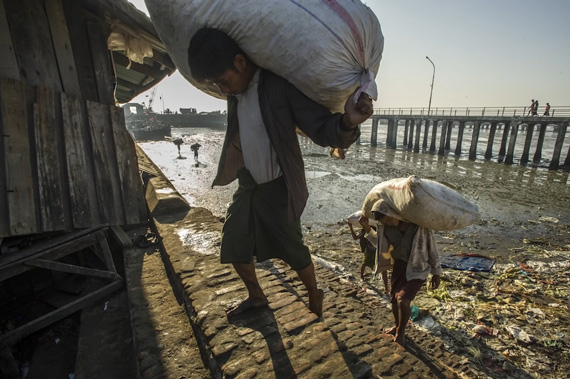What does it really take to shoot for National Geographic? How do National Geographic photographers think and take photos? How is their working style different from that of a “regular” photographer? Photographer Bob Holmes shares with us how he approaches photography to make images worthy of National Geographic:
1. Know Your Equipment
“The camera is the biggest barrier to great photographs very often.”
Moments come and go in the blink of an eye. If you spend time trying to work your camera when you should be taking images, you’ll lose lots of photo opportunities. Preparation is key, and as a photographer, you’ve got to be prepared by knowing your gear through and through. The camera should be your tool to take images and not a barrier. When out in the field, you shouldn’t be thinking too much about the equipment and the settings. You should rather be concentrating on what’s happening around you.
2. Develop Your Eye
Besides working with gear, it’s equally important that you educate and train your eyes. By studying other great photographers, or even painters, you can train your eyes to look for interesting compositions, expressions, and even anticipate decisive moments.
3. Punctuation
“One of the things that you need in strong composition is some punctuation.”
Think of punctuation as a decisive moment. It should get the viewer’s attention and force them to think of what’s happening or about to happen in the image. Include elements in your photographs that make viewers pause and think.
4. You’re Responsible for Everything in the Frame
“As a photographer, it’s your fault if there’s something in the frame that shouldn’t be.”
Always be careful of what you’re composing. You may be so interested in the subject of your photo that you end up missing out on what’s happening on the edges of the frame. This increases the chances of unnecessary elements being introduced into your composition that can ruin the shot. Be responsible for everything in your frame.
Also, pay attention to the background. Are there branches or poles popping out from behind your subject? Is there anything back there that shouldn’t be? Have a holistic view whenever taking photographs.
5. Be Fully Involved With Your Subject
“To take your very best photographs, you have to be on your own, and you have to give your subjects a hundred percent of your concentration.”
While interacting with your subject is one thing, it’s also essential that you study your potential subjects. Understand what they’re doing and what they’ll do next. Think of ways you can present the story of your subjects through your photographs.
For instance, in the following photograph, to give a sense of the heavy loads the boys were carrying, Holmes used a wide-angle lens and shot from a lower perspective. This has given an impression of the weight of the load coming in from the top of the frame.
While the topics Holmes covered here may not land you an immediate job with National Geographic, his tips will certainly help you out in improving your style of photography.
Like This Article?
Don't Miss The Next One!
Join over 100,000 photographers of all experience levels who receive our free photography tips and articles to stay current:









Leave a Reply